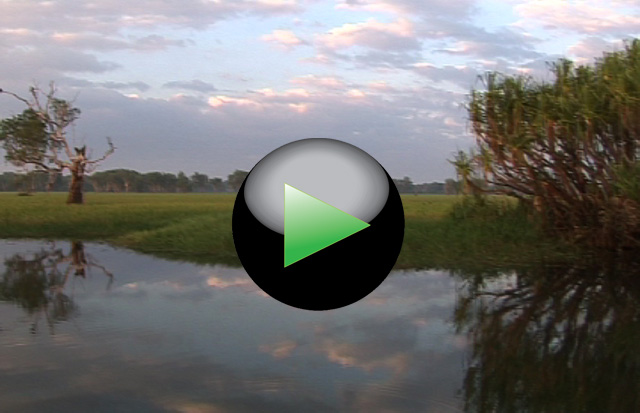World Travel Reportage
Photos and videos of travel, culture, nature, sports by professional reporters

World Travel Reportage
Cobourg Peninsula (Australia)














































VIDEO LINK
Australia - Travel - Back to indexID: 48
Cobourg Peninsula on Google Maps.
The journey to discover the Coboug Peninsula, starts from Darwin and crosses the Kakadoo National Park, until you reach the border with the aboriginal territories of Arnhem Land. From this point to reach the Garing Gunak Barlu National Park, you must have permission to cross the aboriginal lands issued by the Parks and Wildlife Service. The visit to the Cobourg Peninsula allows you to visit the Aboriginal Art and Culture Center of Gumbalanya (Oenpelli), where a school brings together Aboriginal artists from Arnhem Land. From the village, depart the guided tours, with Aboriginal guides, to visit the cave paintings of Injalak Hill. Continuing on the road tracks heading north, you will reach the ruins of the historic village of Victoria, builded by English settlers in the 1830 on the coast of the peninsula but forced, some years later, to leave the town because of termites, diseases and isolation. A trip not only to discover the roots Australian Aboriginal but also along the coast of an area dominated by wild nature with beautiful beaches but a impossible sea to enjoy due to the presence of sharks and saltwater crocodiles. An unforgettable journey to the origins, ancient and modern, of the Australian people.
Useful links and more informations:
www.nlc.org.au
www.parksandwildlife.nt.gov.au
www.australia.com
www.australia.gov.au
www.australiasoutback.com
www.nt.gov.au
www.tourismtopend.com.au
www.travelnt.com
www.tourismnt.com.au
Airlines that reach Darwin, Adelaide or Melbourne, starting from the major capitals of the world:
Cathay Pacific, www.cathaypacific.com
Emirates: www.emirates.com
Quantas: www.quantas.com.au
Singapore Airline, www.singaporeair.com
Thai Airways: www.thaiairways.com

